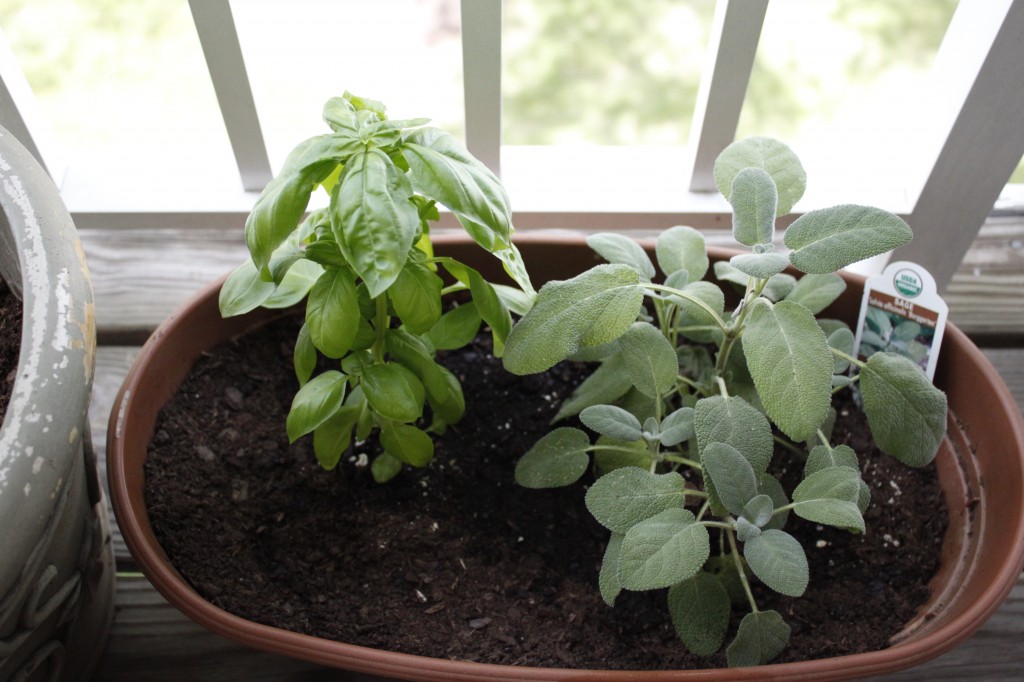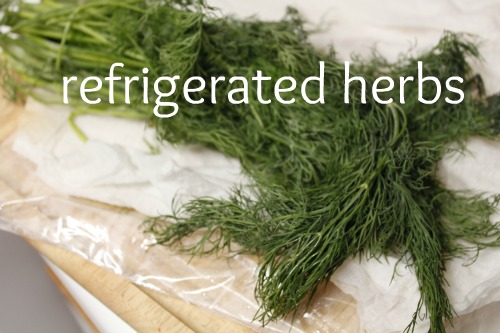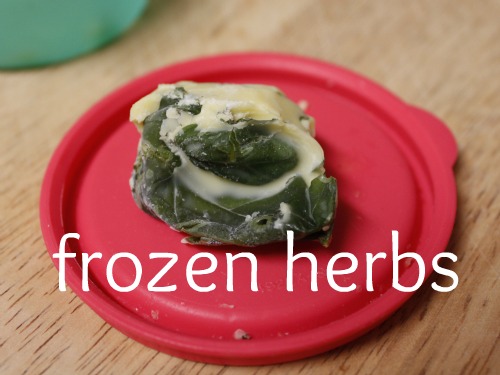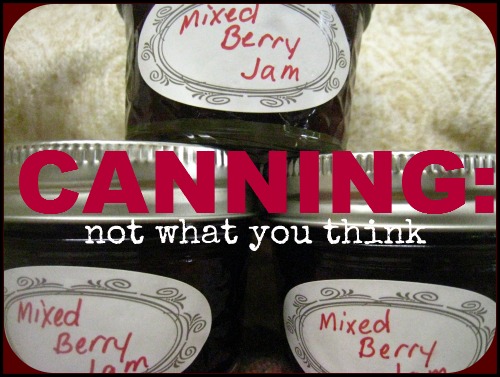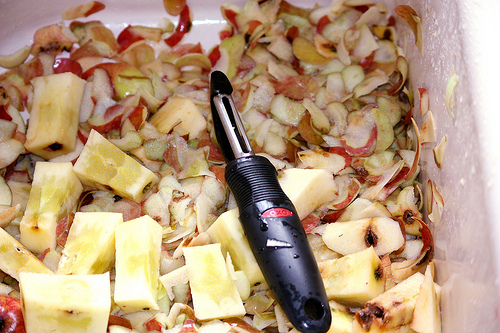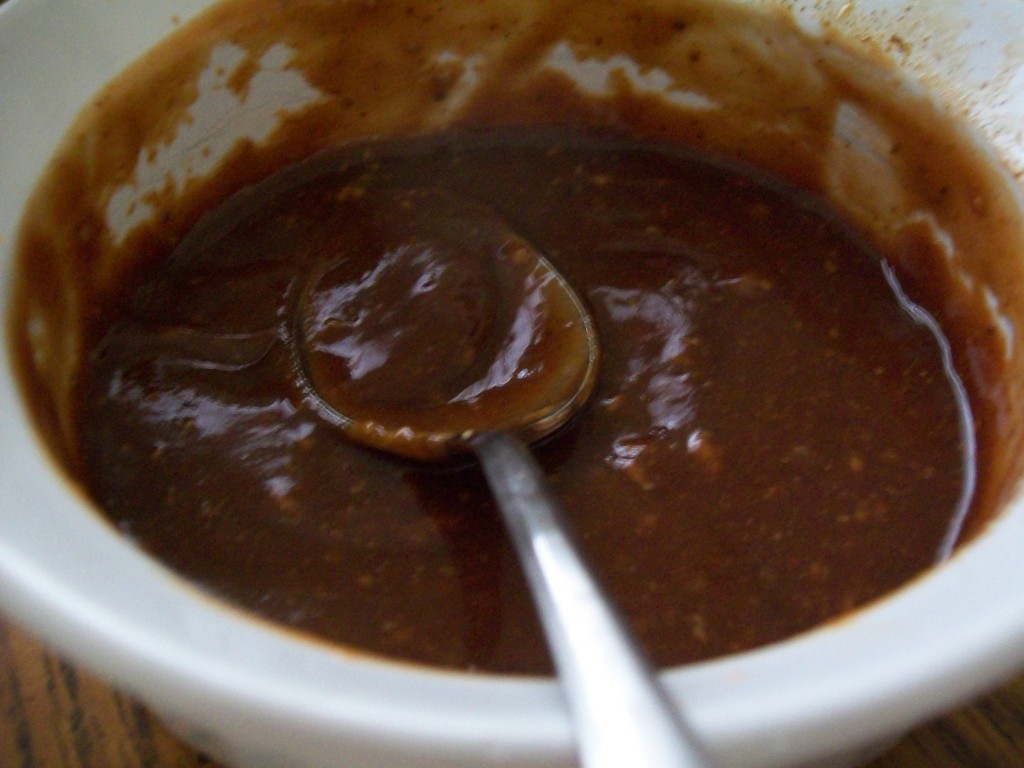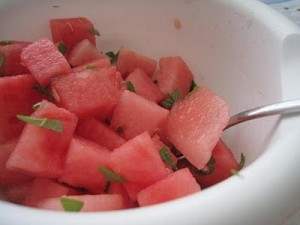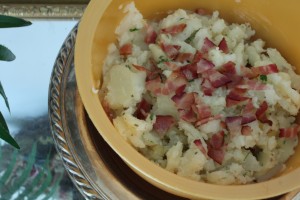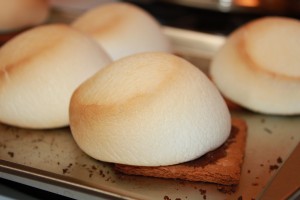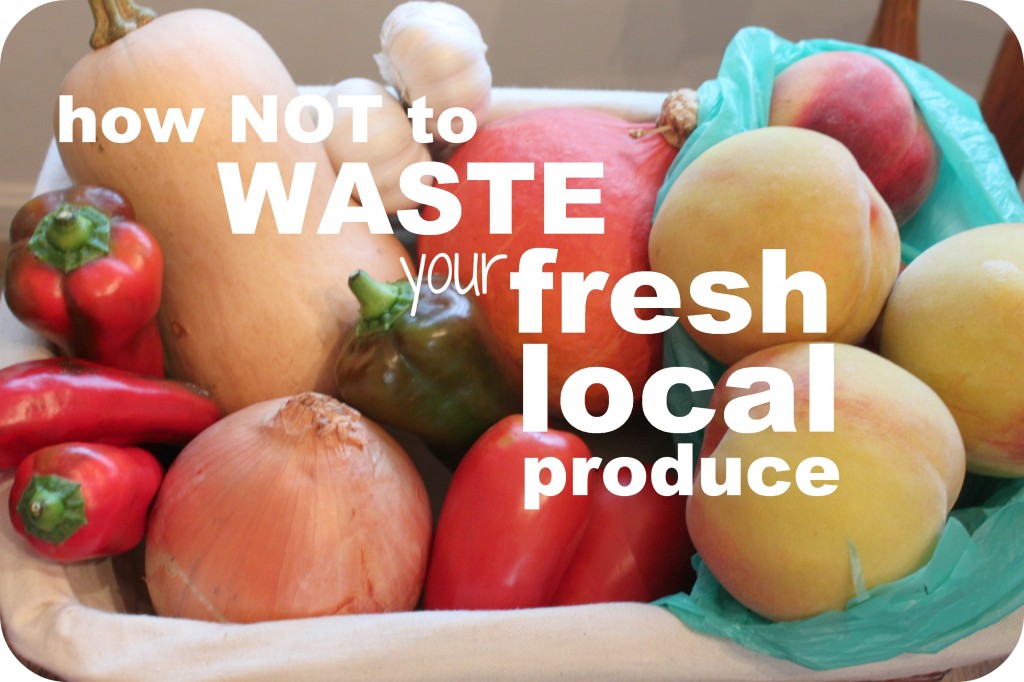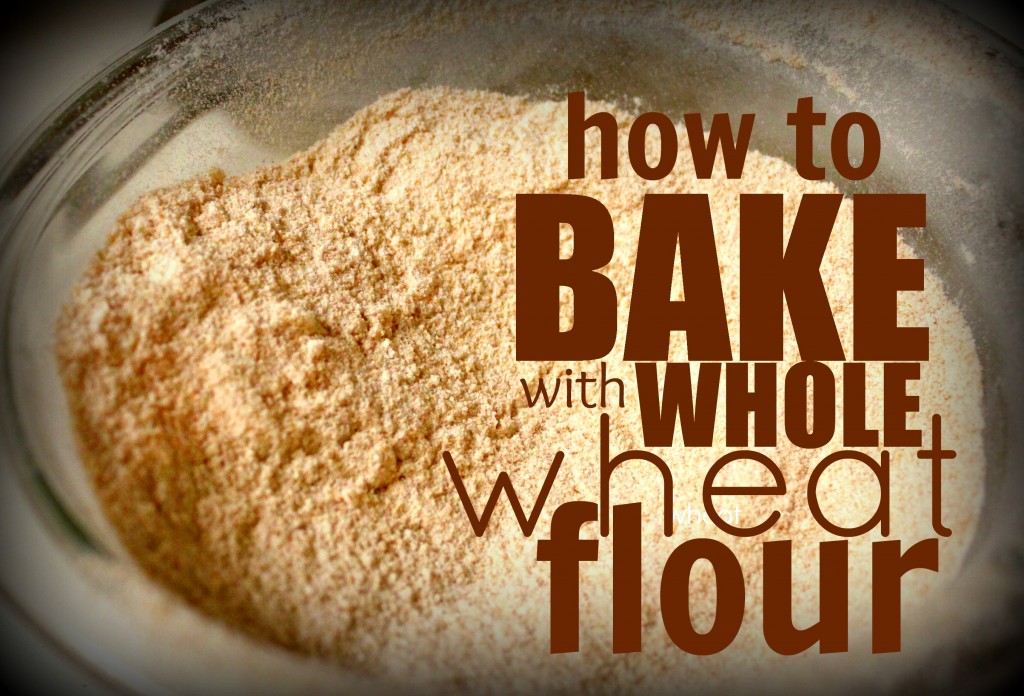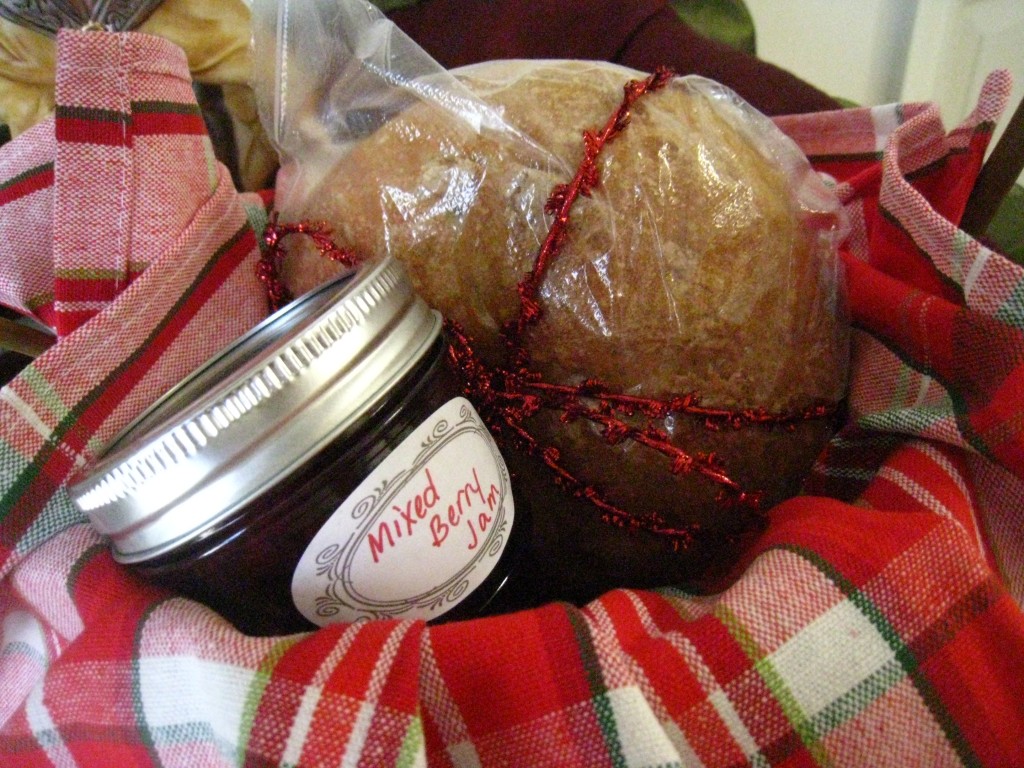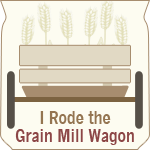
As I’ve mentioned a few times recently, I’ve been on a spelt kick lately, using it to make my Grandma’s Biscuits, as well as pizza crust (recipe coming next week), among other things. I thought I’d take the time to explain a little more about spelt for those of you who are curious and might want to try it for yourselves.
The What
Spelt is one of wheat’s long-lost cousins (einkorn and emmer are some of the others), having been cultivated for thousands of years prior to the twentieth century, when wheat took over as the grain of choice. According to the World’s Healthiest Foods, spelt was one of the first grains to be used in making bread way back in the day.
Although I only have experience with the whole grain (and grinding it myself), apparently spelt flour, like wheat flour, is available in both whole and “white” (not whole) varieties. If you can, use the whole grain and grind it yourself with a grain mill or Vitamix for maximum nutrition.
The Why
Personally, the biggest reason I chose to use spelt is because I found that My Certain Little Someone could tolerate it, whereas he reacts strongly with hives and wheezing to wheat . But even if he did react to spelt, I would still consider using it in addition to my freshly ground whole wheat flour for the rest of the family because of its superior nutritional profile.
Why should you give spelt a try? Here’s what I’ve learned in reading about the benefits of spelt around the web:
- Many people who are allergic to wheat can tolerate spelt (like My Certain Little Someone). Mind you, this means people who are allergic to the proteins in wheat, not people with celiac disease who cannot properly digest the gluten. Spelt does contain gluten, so it’s not generally recommended as a wheat substitute for those avoiding gluten. Also, people who are sensitive to wheat (but not necessarily allergic) find that spelt is a great substitute. Warning: Rebecca Wood suggests that if you have sensitivities to wheat, you might eventually develop sensitivities to spelt as well if your digestive system is compromised in anyway.
- Its taste is very similar to wheat, except perhaps better. Of all the wheat-free flours I’ve experimented with (and I think I’ve pretty much experimented with all of them), spelt is my favorite in terms of flavor. Honestly, I can’t tell much of a difference between spelt and wheat, except that it has perhaps more of a “nutty” flavor, for lack of a better word.
- Despite its slightly different structure, spelt behaves very much like wheat in baking. Because it does have gluten, it’s very good for baking bread, which requires gluten for the best rise and texture.
- While spelt’s thick hull makes it difficult to harvest and process as quickly as wheat, it also makes spelt more resistant to pests and diseases. That means spelt is easier to grow organically, or at the very least, with fewer pesticides and other chemicals.
- Spelt contains considerably more protein and fiber than its cousin wheat, which makes it a much healthier carbohydrate.
- Wheat is gaining notoriety as being difficult to digest. Spelt has no such problem. In fact, spelt is digested more readily by the body, and its nutrients are therefore more effectively used by the body.
Whether for reasons of health (as in the case of allergies and sensitivities) or nutrition, spelt is an excellent grain to incorporate into your diet.
The How
Really, there is no special way to use spelt; you can use it just like you use wheat flour. You can replace wheat with spelt 1:1, or you can replace part of the wheat in your recipe with spelt. Do remember, though, that if you are using storebought spelt flour, it comes in a whole grain or white variety. So make sure you’re comparing apples to apples, and use whole grain spelt in recipes that call for whole wheat flour, and white spelt in recipes that call for unbleached all-purpose flour. Otherwise, you might have to make some adjustments to accommodate the differences brought on by using a whole grain flour.
Some people do suggest that you might need to reduce the liquid in a whole wheat flour recipe by about 25% when using spelt flour. So start out with 75% of the suggested liquid amount, and add additional liquid until you have the desired consistency.
Also, spelt does not need to be mixed or kneaded as long as wheat does, particularly when it comes to making bread. The gluten in spelt is not quite as robust as the gluten in wheat, so it can’t handle too much force. Charlotte Bradley has more information on baking with spelt here.
The Where
Spelt is getting easier and easier to find, but it is still often relegated to the aisles of health food stores. But the major flour brands do carry spelt: King Arthur Flour, Bob’s Red Mill, and Arrowhead Mills.
Purchasing directly from the manufacturer’s website can be pricey, though (as can buying it at a health food store), so here are a few alternatives:
- Amazon.com: Bob’s Red Mill Organic Spelt Berries 4 24oz pkgs $11.63 with Subscribe and Save.
- Amazon.com: Bob’s Red Mill Organic Spelt Flour 4 24oz pkgs $11.19 with Subscribe and Save
- Amazon.com: Arrowhead Mills Spelt Flour 4 32oz pkgs $15.71 with Subscribe and Save
- Amazon.com: Great River Organic Milling 25lb bag $36.97 with Subscribe and Save
- Bread Beckers: Organic Spelt Berries 42lbs $68.78
- Azure Standard: Spelt Berries 25lbs $32.05
- Tropical Traditions: Whole Grain Spelt 10 lbs $20.41 (right now $18.56 on sale)
In addition, I recommend scoping out the bulk foods section of your favorite health food store or supermarket to see if they have comparable prices on the spelt berries. When you compare the cost of shipping, it might be cheaper to just purchase it there.
So have I convinced you to give spelt a try? Or are you already a big fan?
This post contains affiliate links.
Sharing at Simple Lives Thursday, Your Green Resource, The Mommy Club, Friday Favorites, Freaky Friday,Fight Back Friday, The Better Mom Mondays, Homestead Barn Hop, Traditional Tuesday, Titus 2sday, Teach me Tuesday, Women Living Well Wednesday, Works for Me Wednesday, Whole Foods Wednesday, Frugal Days Sustainable Ways, Real Food Wednesday, Encourage One Another, Healthy 2Day Wednesday

